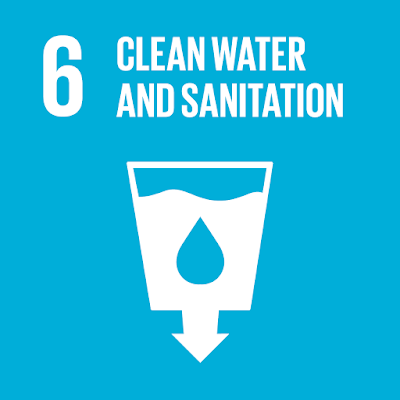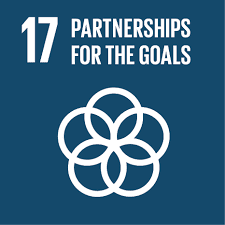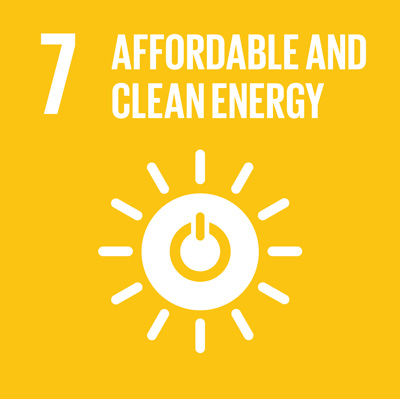Sustainable Development Goal 6: Ensure availability and sustainable management of water and sanitation for all
Sustainable management of water resources and access to safe water and sanitation are essential for unlocking economic growth and productivity, and provide significant leverage for existing investments in health and education. The natural environment e.g. forests, soils and wetlands contributes to management and regulation of water availability and water quality, strengthening the resilience of watersheds and complementing investments in physical infrastructure and institutional and regulatory arrangements for water access, use and disaster preparedness.
Water shortages undercut food security and the incomes of rural farmers while improving water management makes national economies, the agriculture and food sectors more resilient to rainfall variability and able to fulfil the needs of growing population.
Protecting and restoring water-related ecosystems and their biodiversity can ensure water purification and water quality standards.
Facts and Statistics.
More than 80 per cent of wastewater resulting from human activities is discharged into rivers or sea without any pollution removal.
Hydropower is the most important and widely-used renewable source of energy and as of 2011, represented 16 per cent of total electricity production worldwide.
Floods and other water-related disasters account for 70 per cent of all deaths related to natural disasters.
Over 1.4 billion people currently live in river basins where the use of water exceeds minimum recharge levels.
In 60% of European cities with more than 100 000 people, groundwater is being used at a faster rate than it can be replenished.
Meat production requires 8-10 times more water than cereal production Part of the current pressure on water resources comes from increasing demands for animal feed.
Targets linked to the environment:
Target 6.1: By 2030, achieve universal and equitable access to safe and affordable drinking water for all.
Target 6.3: By 2030, improve water quality by reducing pollution, eliminating dumping and minimizing release of hazardous chemicals and materials, halving the proportion of untreated wastewater and substantially increasing recycling and safe reuse globally.
Target 6.4: By 2030, substantially increase water-use efficiency across all sectors and ensure sustainable withdrawals and supply of freshwater to address water scarcity and substantially reduce the number of people suffering from water scarcity.
Target 6.5: By 2030, implement integrated water resources management at all levels, including through transboundary cooperation as appropriate.
Target 6.6: By 2020, protect and restore water-related ecosystems, including mountains, forests, wetlands, rivers, aquifers and lakes.
Target 6.a: By 2030, expand international cooperation and capacity-building support to developing countries in water- and sanitation-related activities and programmes, including water harvesting, desalination, water efficiency, wastewater treatment, recycling and reuse technologies.
Target 6.b: Support and strengthen the participation of local communities in improving water and sanitation management.
Libraries support this goal by providing:
1. Access to quality information and good practices that support local water management and sanitation projects.
2. Free and reliable access to electricity and light to read, study and work.
3. Public access to information on water, energy usage and hygiene.
Everyone on earth should have access to safe and affordable drinking water. That’s the goal for 2030. While many people take clean drinking water and sanitation for granted, many others don’t. Water scarcity affects more than 40 percent of people around the world, and that number is projected to go even higher as a result of climate change. If we continue the path we’re on, by 2050 at least one in four people are likely to be affected by recurring water shortages. But we can take a new path with more international cooperation, protecting wetlands and rivers and sharing water-treatment technologies that leads to accomplishing this goal.
Together, we can do more.
Email:haumban@gmail.com




Comments
Post a Comment